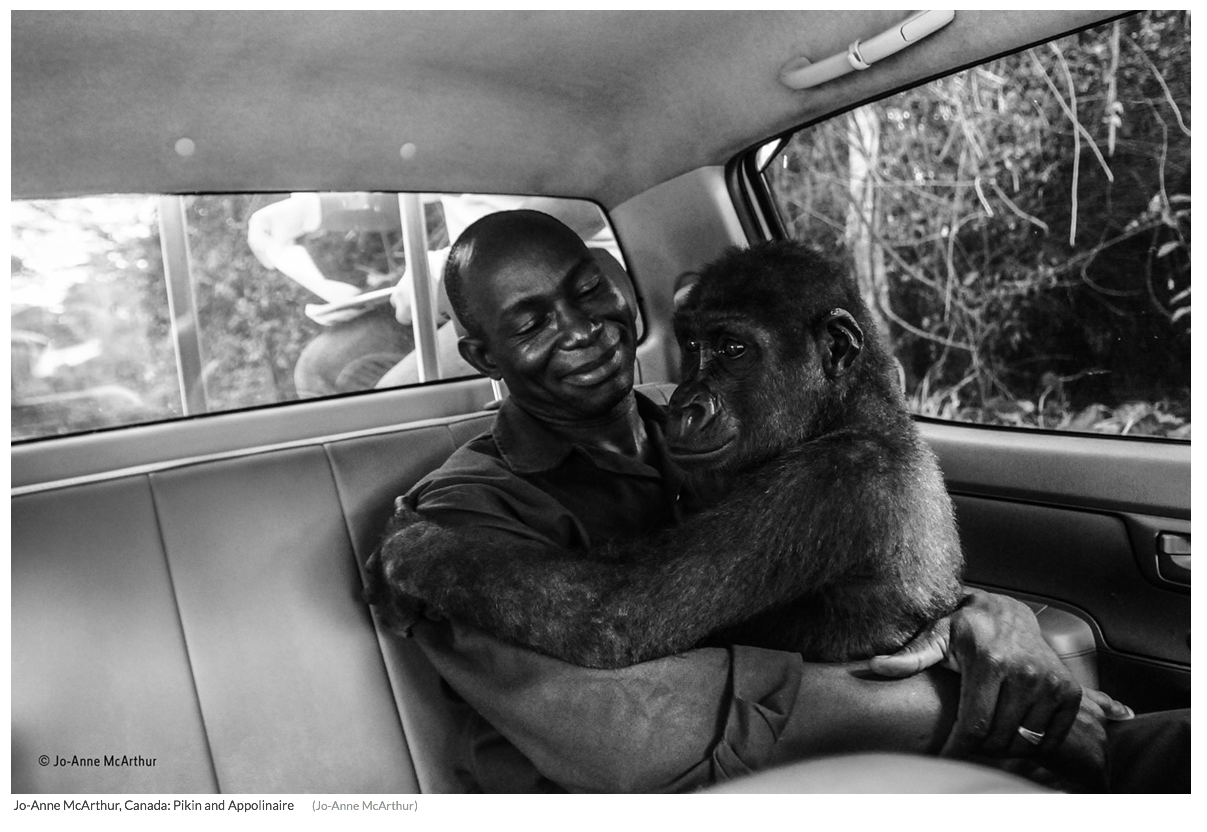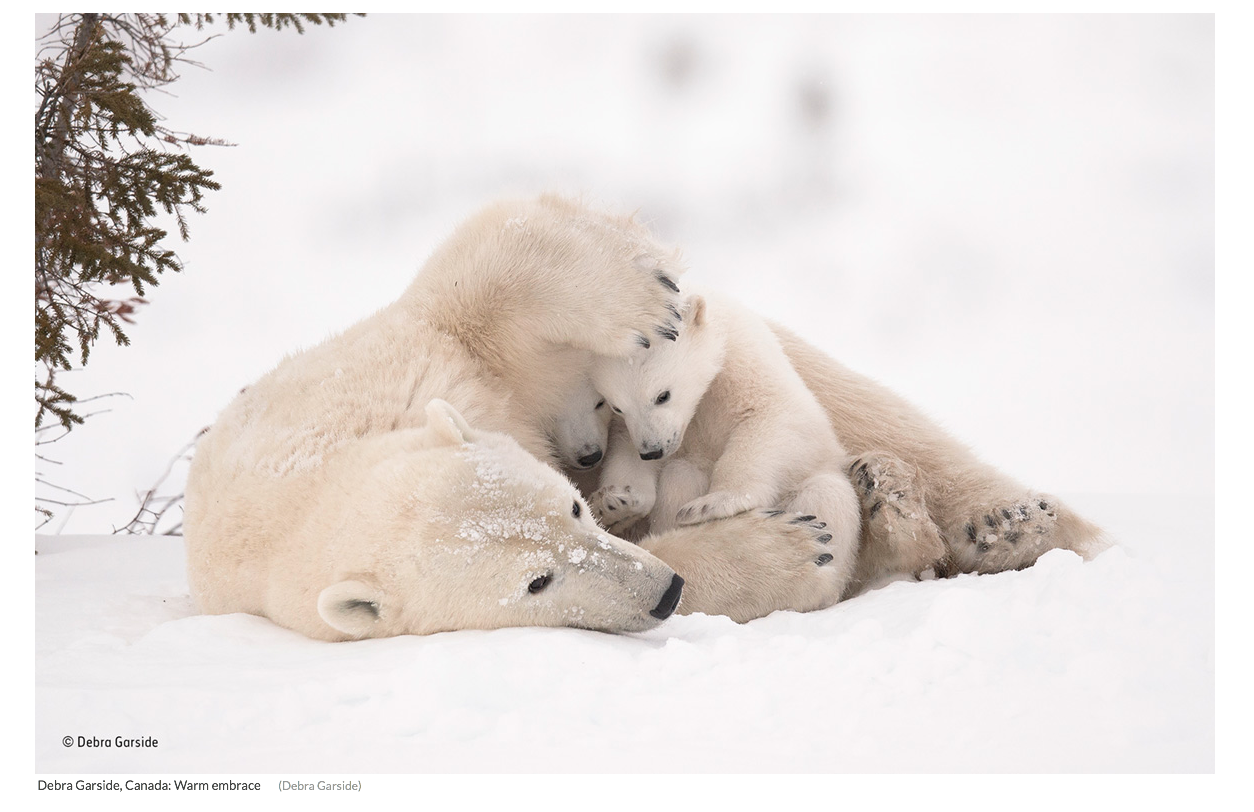There are no longer good years or bad years at the Wildlife Photographer of the Year Awards. The prestigious contest — half a century in the making — sponsored by London’s Natural History Museum, has never seemed more important.
This past weekend, some 14 commended images in this year’s edition — the 54th overall — were announced to the public.
One of those images, South African nature photographer Isak Pretorius’ stirring image of a lion drinking from a reed-covered riverbank, has already been selected as the cover shot for Wildlife Photographer of the Year Portfolio 28. The overall competition winners will be announced on Oct. 16, and a full exhibition of winners and finalists will go on display at the Natural History Museum three days later, on Oct. 19.
https://www.naturettl.com/yes-shocking-rhino-photo-deserve-win-wpoty/
Submissions for next year’s 2019 WPOTY Awards open Oct. 22 and close on Dec. 13. The window is short, in other words — just eight weeks.
The past year has seen its fair share of controversy, from photojournalist Brent Stirton’s competition-winning 2017 image of a slaughtered rhino, its horn hacked off with a chainsaw by poachers — many viewers found the image to be disturbing and inappropriate for a competition supposedly designed to celebrate nature in all its beauty — to the disqualification of Brazilian photographer Marcio Cabral’s award-winning night image of an anteater moving towards termite mound that was later found to be staged. (The anteater turned out to be stuffed, arguably making it the most famous stuffed animal in the history of taxidermy.)
It will be instructive to see what image wins this year’s competition, because by focusing on a hard-hitting “message” picture last year, award judges were signalling that the most urgent issue facing wildlife today is environmental ruin, everything from habitat destruction to poaching and looming species extinction. It’s no longer enough, in other words, to celebrate natural beauty just for nature and beauty’s sake.
With no further ado, then, here’s a look at a few of this year’s commended images.
























